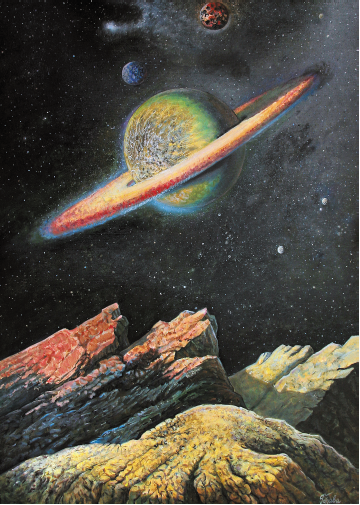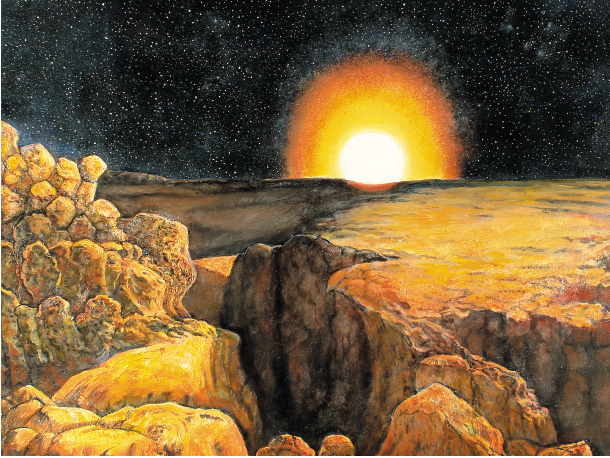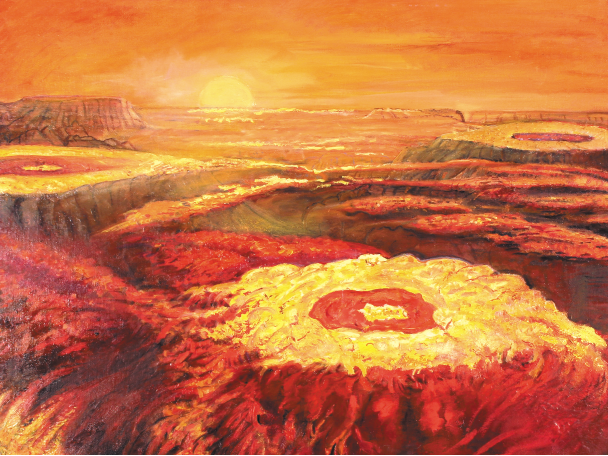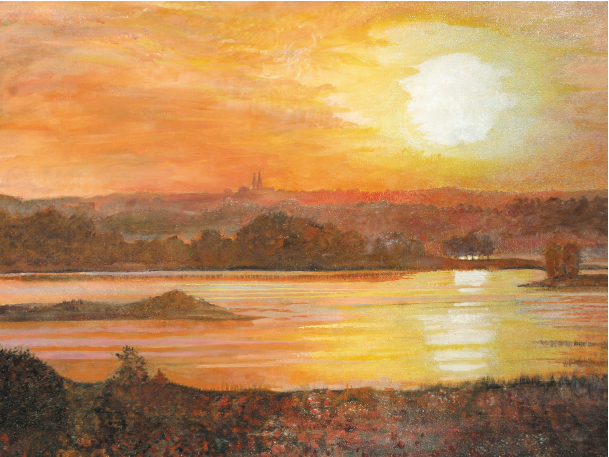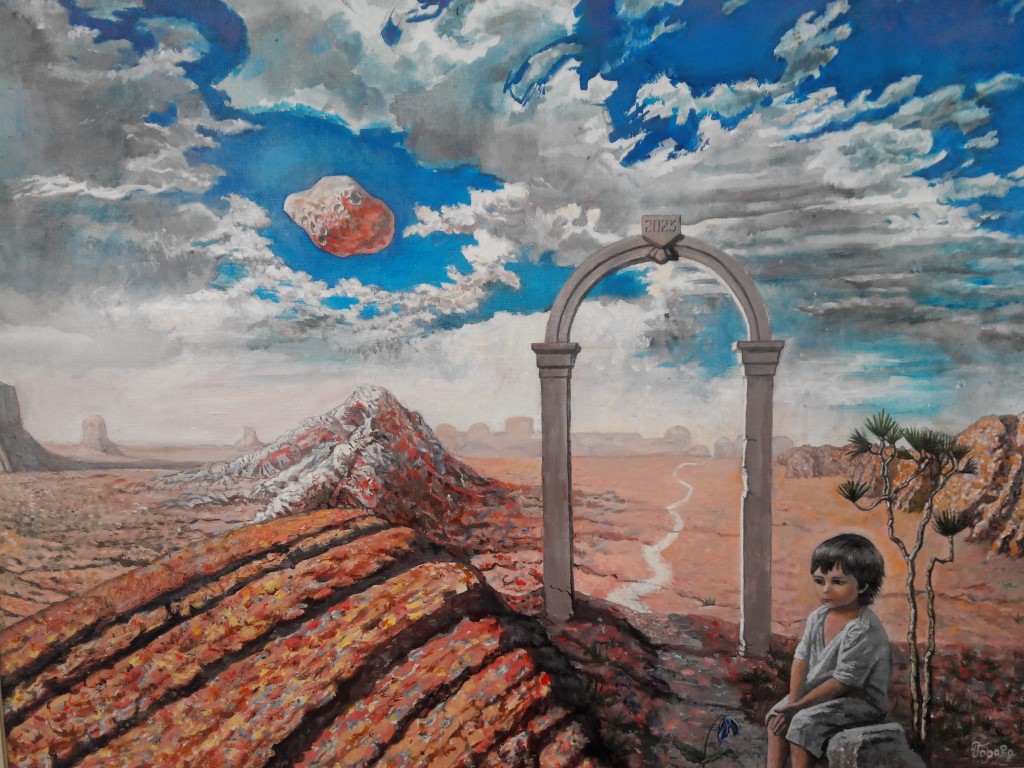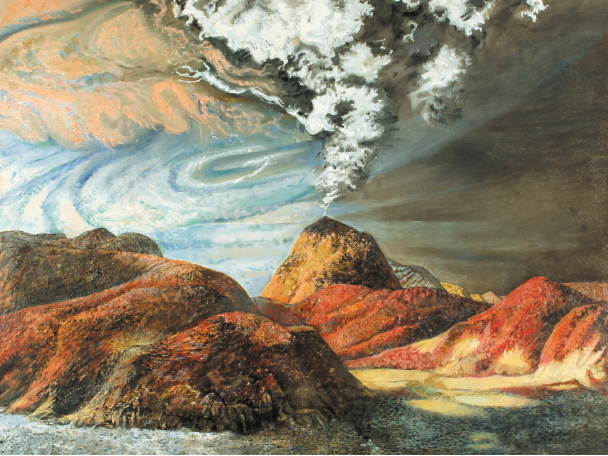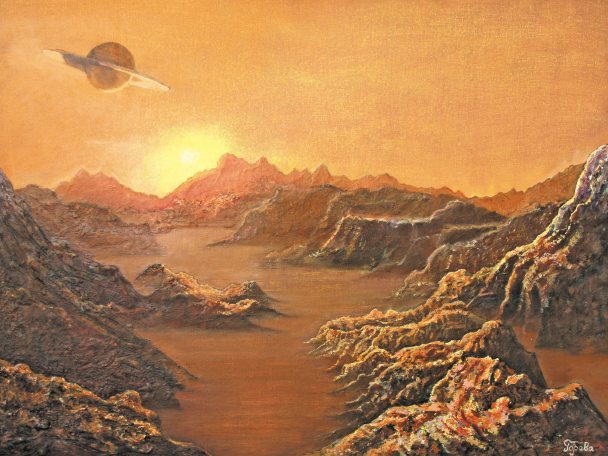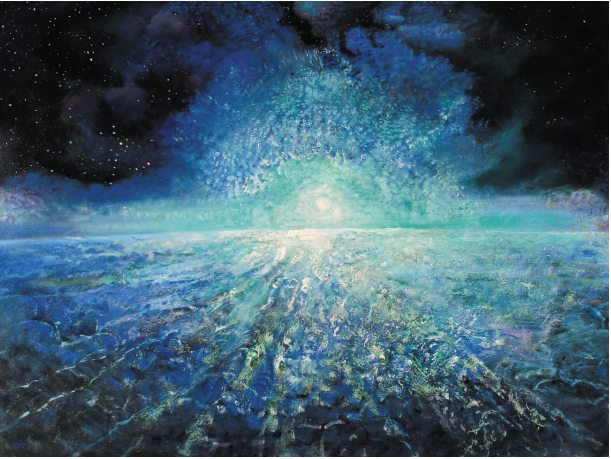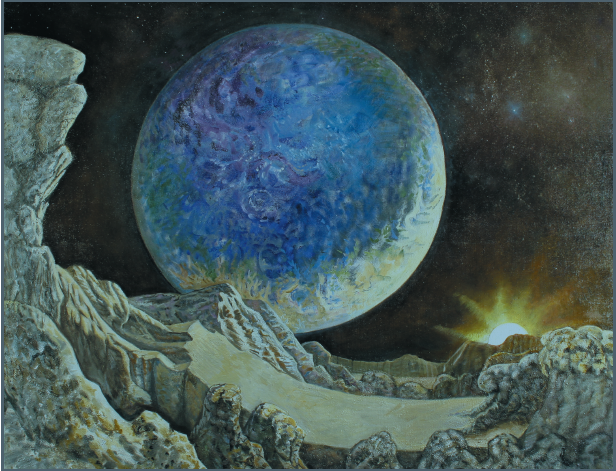“In one of her publications, Halina Horava claims that ‘the artistic form of an easel painting is ideal
by its definition, as it involves a complex mental process of transferring flat spots of paint into a qualitatively
different dimension’. Her paintings should be considered a good attempt to illustrate this thesis.”
Petra Vasileuski, fine art expert
